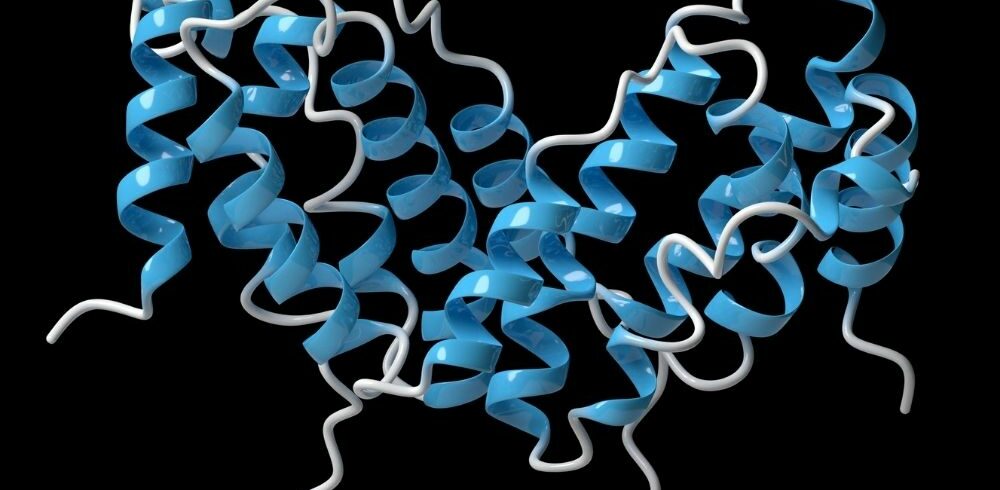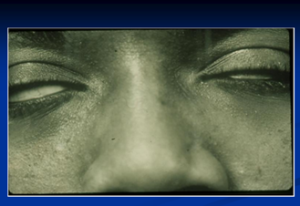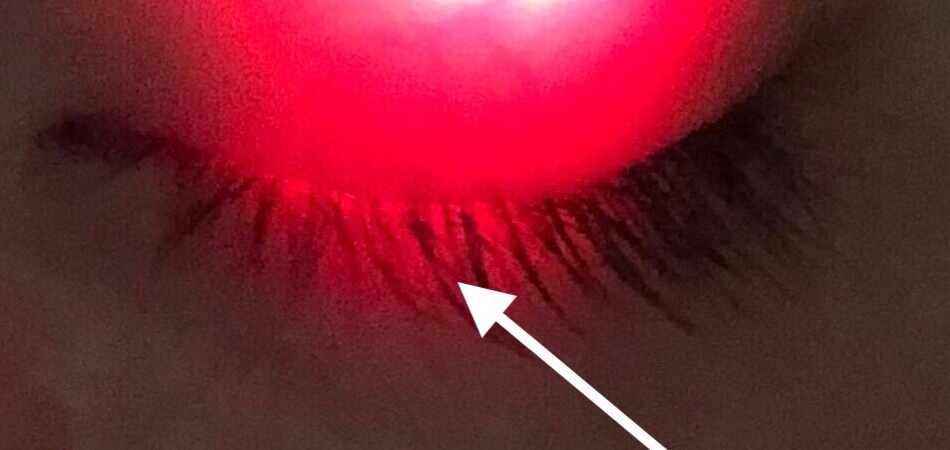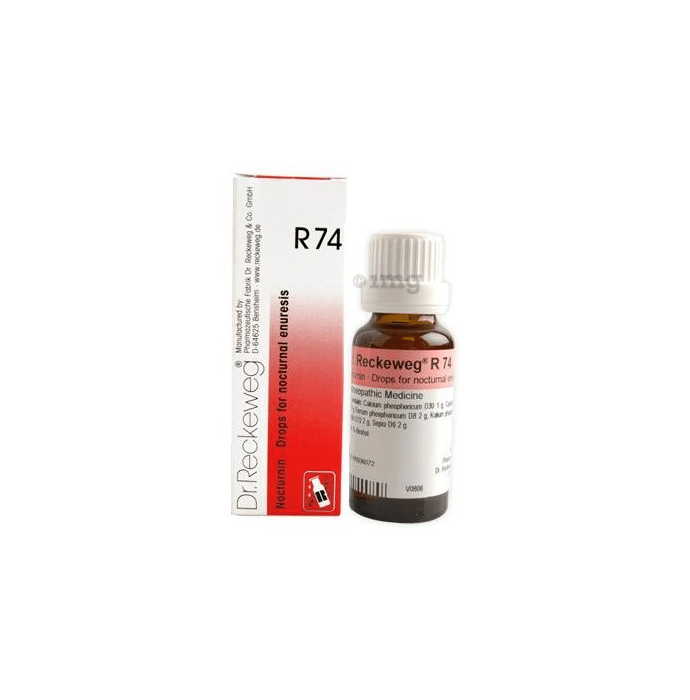

Surgically repositioning the eyelids can improve the condition.Ī tarsorrhaphy involves placing sutures in the outer corners of the eyelids. These weights range from 0.6 to 1.6 g (depending on the right fit for each individual) and aid in keeping the eye closed using simple gravity. Gold weight implantation involves placing special gold weights in the upper eyelid. This can include various procedures from special implantations to facial reanimation. Severe cases of lagophthalmos may require surgery. SEE RELATED: Eye drops: Which type is best for you? Surgical treatment Oral antibiotics to treat infected corneal ulcers associated with lagophthalmos. Topical ointment (applied to the cornea as directed) to treat cornea dryness.

Lubricated eye drops (artificial tears) to treat symptoms such as dryness and irritation. Mild cases of lagophthalmos are often treated by targeting its symptoms, such as eye dryness and discomfort. Your eye doctor may suggest either a surgical or non-surgical approach. Treatment for lagophthalmos depends on the condition’s origin, severity and duration.

A fluorescent eye stain test, which helps identify abnormalities in the cornea, may also be conducted. This exam helps your doctor identify any damage to the eyes. Your eye doctor will shine a bright light in your eyes to perform a slit lamp exam. You may also be asked to blink your eyes, and your doctor will record the speed or slowness of your blinks, as well as the force needed to close your eyes - this information is important, as it can indicate an underlying nerve problem. If a space exists between your upper and lower eyelids, lagophthalmos is likely present. During this exam, you will be asked to look down and close your eyes. It is also important to tell your doctor if you have an autoimmune disorder or have had any sleeping problems.Īfter discussing your medical history, your eye doctor will examine your eyelids and eyes. Since lagophthalmos can occur due to an eye infection or injury, it is important to let your eye doctor know if you have experienced either recently. Your doctor will first review your medical history. How is lagophthalmos diagnosed? An eye doctor will discuss any medical problems you’ve had and then perform a physical exam in multiple parts. RELATED READING: What are entropion and ectropion? Diagnosis In any case, it is important to see an eye doctor for an evaluation to determine what path of treatment should be taken. Underlying causes of lagophthalmos can be mild or severe. Scarring due to surgery, injuries or burns This can include the following:Īutoimmune diseases such as multiple sclerosis, Guillain-Barre syndrome or temporal arteritisĭysfunctional eyelids can also be to blame for lagophthalmos. Lagophthalmos can be caused by damage to the nerves that control the eyelids, whether by an underlying disease or other condition. If you experience any of the above symptoms, especially after waking up in the morning or after a nap, contact your eye doctor. Nocturnal lagophthalmos may be more difficult to identify, as it only occurs during sleep. Irritation and pain (may be worse in the morning). Additional symptoms may include:Ī sensation of a foreign object in the eye.īlurry vision (due to unstable tear film). The primary symptom of lagophthalmos is the inability to close your eyes. It can also be a sign of a serious medical condition that requires special treatment. If lagophthalmos only occurs during sleep, it is referred to as nocturnal lagophthalmos.Īlthough lagophthalmos is not a dangerous condition in itself, it can lead to serious eye problems. It can be caused by numerous underlying conditions, from eyelid problems to facial paralysis.

Lagophthalmos is a condition in which the eyes do not fully close. If you struggle to close your eyes partially or completely, you may have a condition called lagophthalmos.


 0 kommentar(er)
0 kommentar(er)
